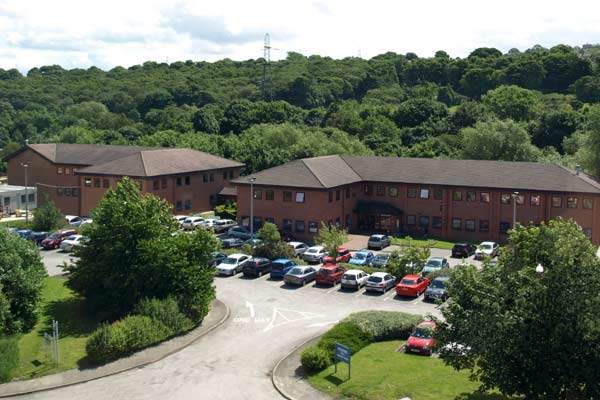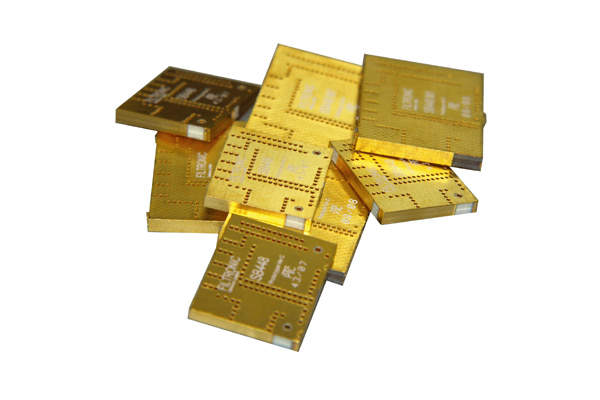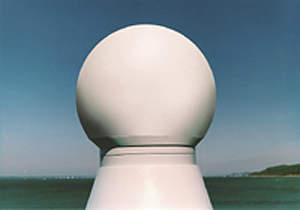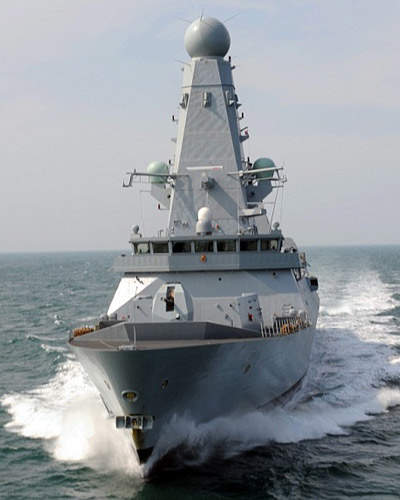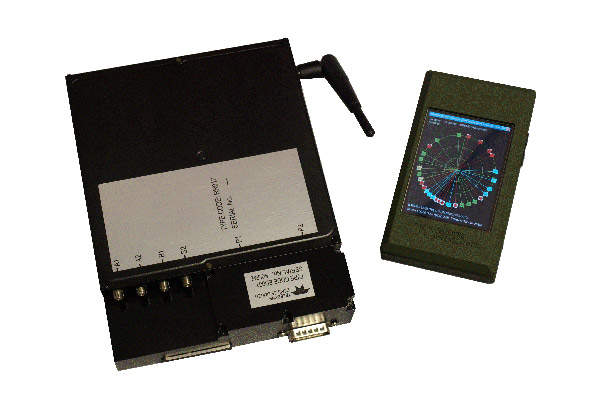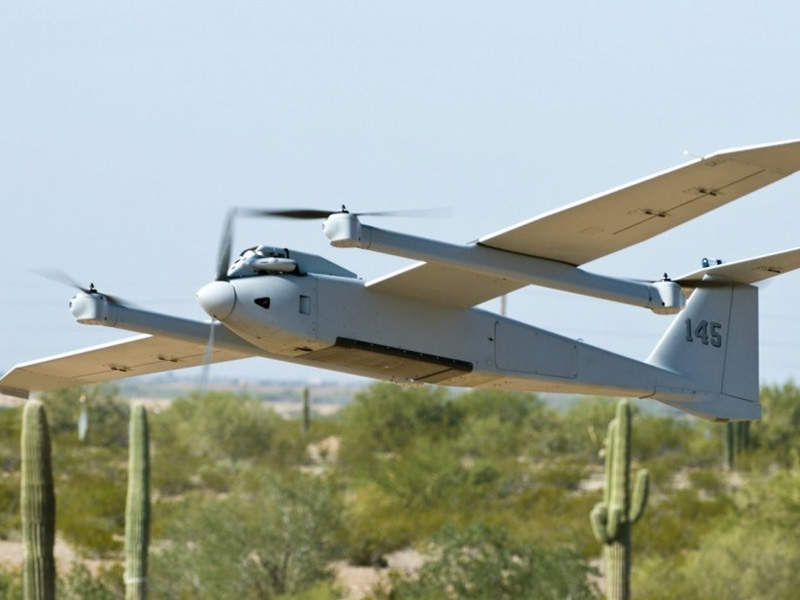Teledyne Defence Limited is a world leader in the design and manufacture of EW components and sub systems. Formally Filtronic Defence and Filtronic Components, Teledyne Defence Limited (TDL) has been supplying the sensor needs of the electronic defence market for over 30 years. The Company is certified to ISO9001:2000, ISO14001 & OHSAS18001, employing over 140 people, with 20 experienced design engineers in the UK and 6 design engineers in Australia.
Naval broadband and accessories
Covering the DC to 40Ghz frequency band, TDL’s broad range of technologies allows the adoption of the most suitable technology for specific land based applications resulting in ‘best fit’ solutions and excellent quality products ready for volume manufacture. TDL’s precision engineering capabilities range from narrow and broadband filters, through MIC hybrids, amplifiers, synthesisers, couplers, switches, lumped element, cavity, dielectric and suspended substrate filtering to unique complex subsystem integration’s such as transmitter/receivers, frequency translation and storage subsystems for ground based applications.
TDL’s product portfolio includes:
- Adaptive filters and tunable filters
- Multi-function assemblies including DIFM, DLVA, SDLVA, channelisers, converters, local oscillators, switch filter banks and switched Multiplexers.
- Radar sub-systems
- ESM Receivers
- ECM Receivers
- ELINT, COMINT & SIGINT Receivers
Naval RF filters
TDL design and manufacture a wide range of RF filters for use within a multitude of applications. A subset of these filters have been and continue to be widely used within naval radar warning applications on multiple platforms. Offering both lumped element and suspended substrate stripline (SSS) technologies ensures that TDL maximize the benefits offered to customers. All products are designed for repeatable manufacture ensuring highpass, bandstop, bandpass, multiplexer, channelisers and amplitude equaliser solutions can be supplied in quantity in a timely fashion.
TDL pays particular attention to the selection of high quality components and the design of the housing so that parasitic resonance and waveguide modes are suppressed to ensure very broad band stops and ultra small packages are achieved.
Some of the benefits offered by TDL include:
- Printed technology
- Repeatable manufacture
- High reliability
- Miniature size
- Connectorised or surface mount
- Fast switching speeds
- Low loss / high isolation
- Integrated custom functions
Naval receivers
TDL’s family of high performance superhet based receivers provides an innovative approach for ESM/ELINT applications incorporating patented features and offering wide band synthesized capabilities from 500MHz to 18GHz, with frequency extensions available beyond 40GHz. TDL’s receivers are currently being used to address today’s EW naval challenges.
Designed with a modular architecture and a high degree of preselection, the receivers allow dual, triple or quad configurations with phase and amplitude matched performance across all channels. Integral to the receiver designs are exceptional group delay and passband responses enabling simultaneous operation in ESM and ELINT modes. The innovative designs also ensure high selectivity is achieved whilst maintaining high tuning speeds, something that conventional YIG based receivers do not offer.
Alongside the current TDL receivers, bespoke receiver designs can be realised for application specific requirements.
Naval threat warners
One of TDL’s latest innovative offerings is the Phobos tactical threat warning system. Comprising of a state of the art high sensitivity radar warning receiver and a highly portable hand held display device, the combination of these two elements provides the user with exceptional detection performance whilst delivering true tactical flexibility. The system design utilises next generation de-interleaving and emitter identification processing coupled with TDL established measurement techniques to ensure outstanding performance and exceptional reliability.
Four switched ports provide instantaneous quadrant direction finding and full 360° coverage whilst the use of MIL-STD 2525 symbology ensures ease of object recognition. Phobos, has been engineered to ensure that weight, physical size and power consumption have all been kept to a minimum enabling Phobos to offer significant reductions compared to conventional architectures. In turn, design for manufacture has been a key driver delivering Phobos at an attractive cost base with options enabling the customer to build the system to suit the application.


